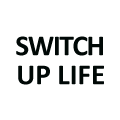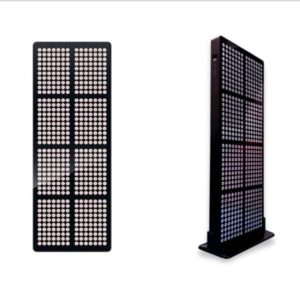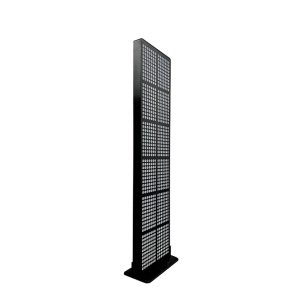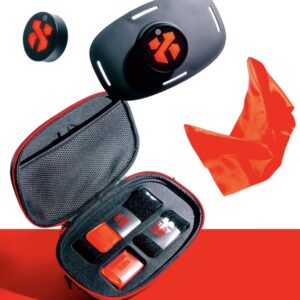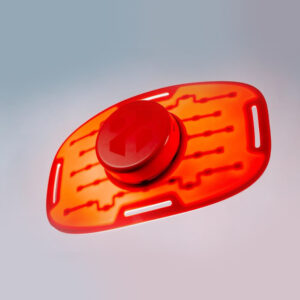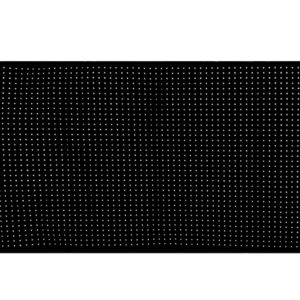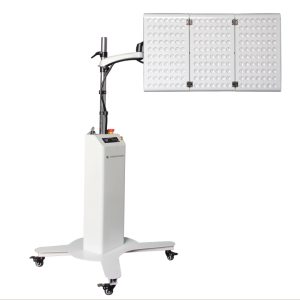Ultraviolet A (UVA) has a longer wavelength. It is associated with skin aging.
Ultraviolet B (UVB) has a shorter wavelength. It is associated with skin burning.
UVB light, a component of natural sunlight, plays a crucial role in human health, particularly in the production of vitamin D. Here are some practical tips to harness UVB light for optimal health:
Understand UVB Light
UVB light is part of the ultraviolet spectrum that reaches the earth from the sun. It helps the skin produce vitamin D, essential for bone health, immune function, and overall well-being. However, it’s important to balance exposure to avoid skin damage and other health risks.
Time Your Exposure
UVB light is most abundant when the sun is at its highest point in the sky, usually between 10 a.m. and 2 p.m. Spending short periods outside during this time can maximize UVB absorption. Aim for about 10-30 minutes of sun exposure several times a week, depending on your skin type, location, and weather conditions.

Expose Larger Skin Areas
To optimize vitamin D synthesis, expose larger areas of skin to sunlight. Wearing shorts and a sleeveless shirt, for example, can help increase the surface area for UVB absorption.
Monitor Skin Health
While UVB light is beneficial, too much exposure can lead to sunburn and increase the risk of skin cancer. Pay attention to your skin’s response to sunlight, and avoid overexposure. Use sunscreen on areas that are more sensitive or at higher risk of burning, such as the face and shoulders, while allowing other parts to absorb UVB light.
The intensity of UVB light varies based on geographic location and season. People living closer to the equator receive more UVB light year-round, while those in higher latitudes may need to spend more time outside during summer months or consider vitamin D supplementation in winter when UVB light is minimal.
 Use UV Index Tools
Use UV Index Tools
Check the daily UV index, which measures the strength of ultraviolet radiation from the sun. This can help you determine the best times for safe sun exposure. Many weather websites and apps provide this information.
Balance Sun Exposure with Protection
While it’s important to get enough UVB light, it’s equally crucial to protect your skin from overexposure. Wear protective clothing, hats, and sunglasses, and seek shade when the sun’s rays are strongest.
Consider UVB Lamps
For those who live in areas with limited sunlight or have difficulty getting outside, UVB lamps can be an alternative source of UVB light. These lamps are designed to mimic natural sunlight and can help maintain adequate vitamin D levels, especially during winter months.
Monitor Vitamin D Levels
Regularly check your vitamin D levels through blood tests, especially if you have limited sun exposure. This can help you determine if you need to adjust your sun exposure or consider supplementation to maintain optimal health.
Educate and Adjust
Educate yourself about the benefits and risks of UVB light. Adjust your habits based on your skin type, health needs, and environmental factors. Consulting with a healthcare provider can also provide personalized advice for harnessing UVB light safely and effectively.
By understanding and managing your exposure to UVB light, you can harness its benefits for optimal health while minimizing potential risks.
Image source: solius.com
SHOP FOR RED LIGHT THERAPY SOLUTIONS
-
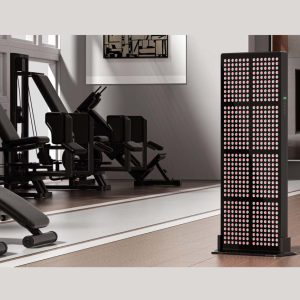 Quick ViewAED 12500
Quick ViewAED 12500 -
 Quick ViewAED 17050
Quick ViewAED 17050 -
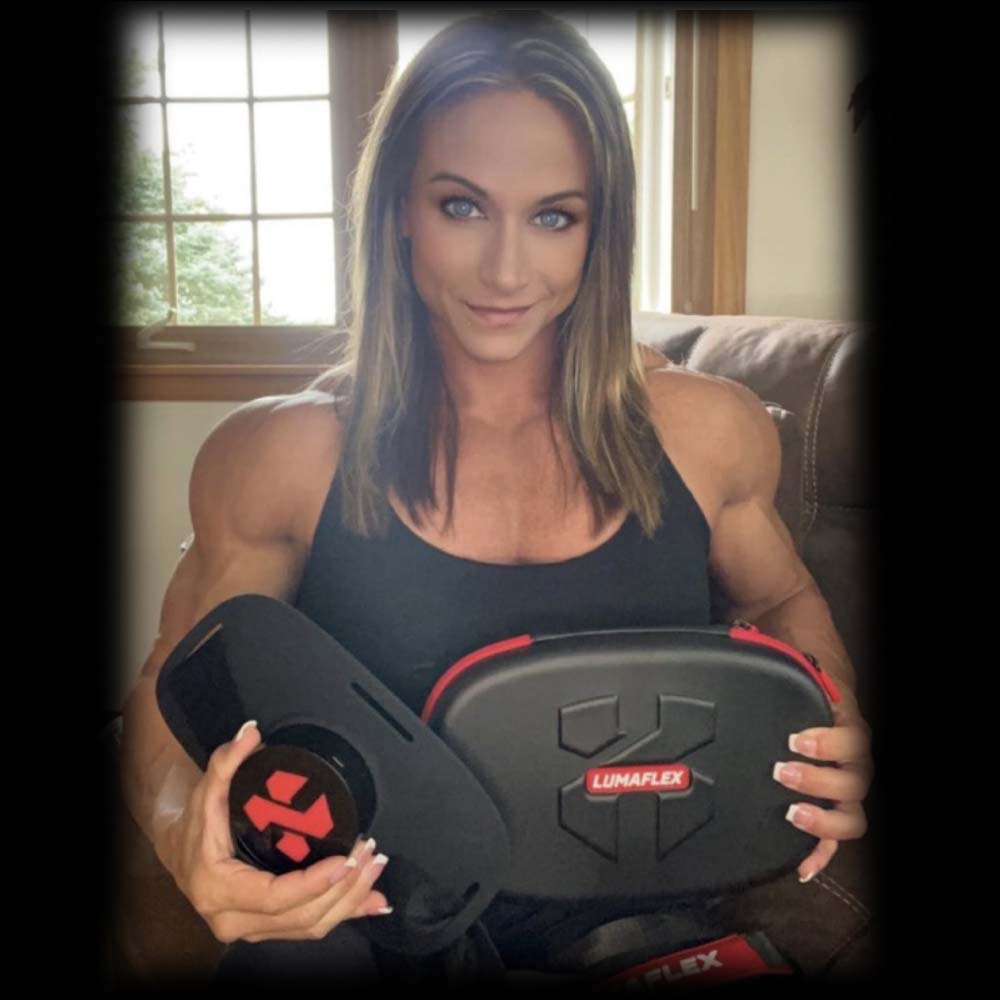 Quick View
Quick View -
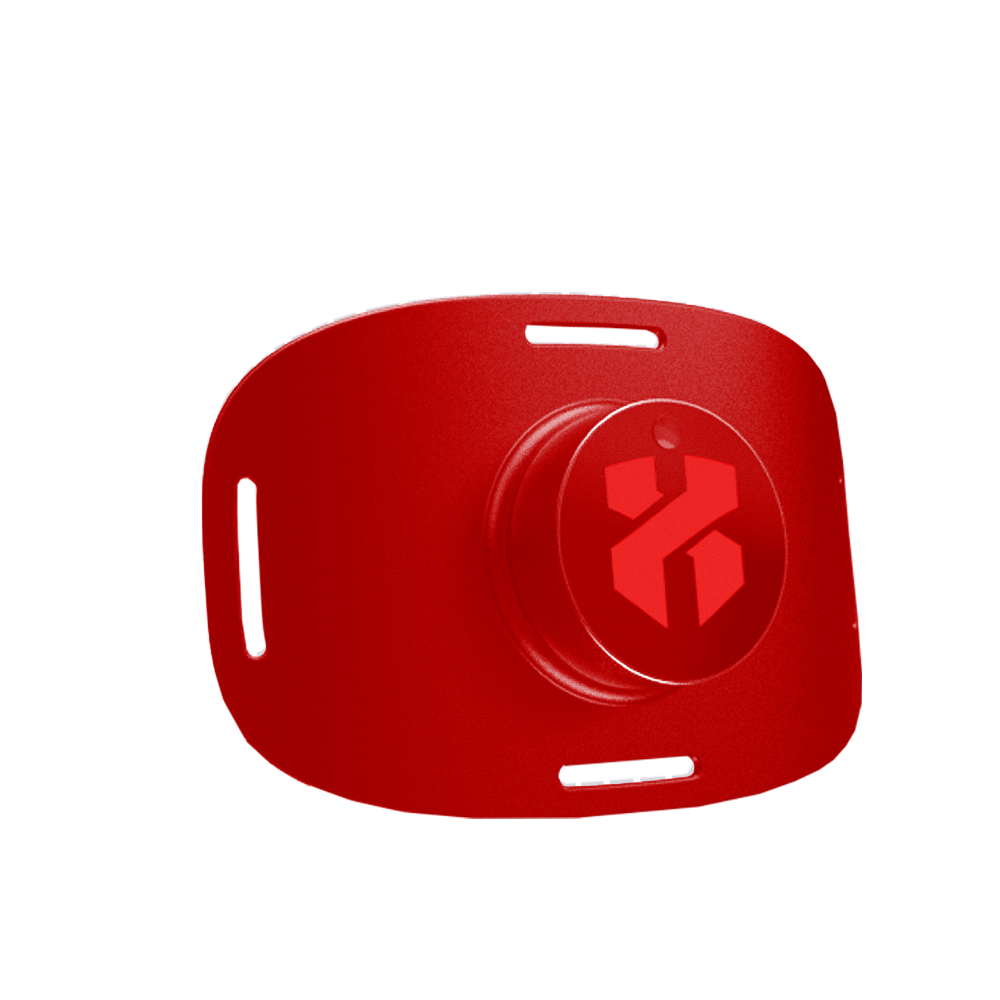 Quick View
Quick View -
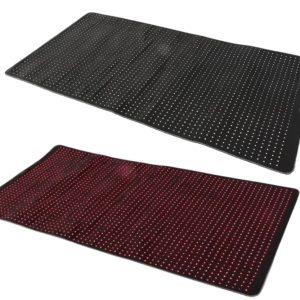 Quick View
Quick View -
25%
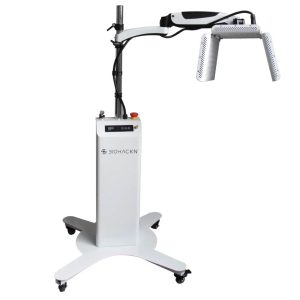 Quick ViewOriginal price was: AED 20000.AED 15000Current price is: AED 15000.
Quick ViewOriginal price was: AED 20000.AED 15000Current price is: AED 15000.
